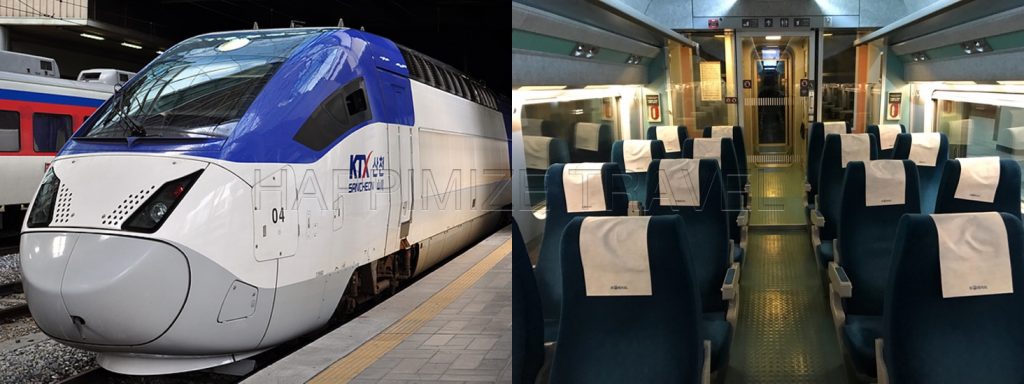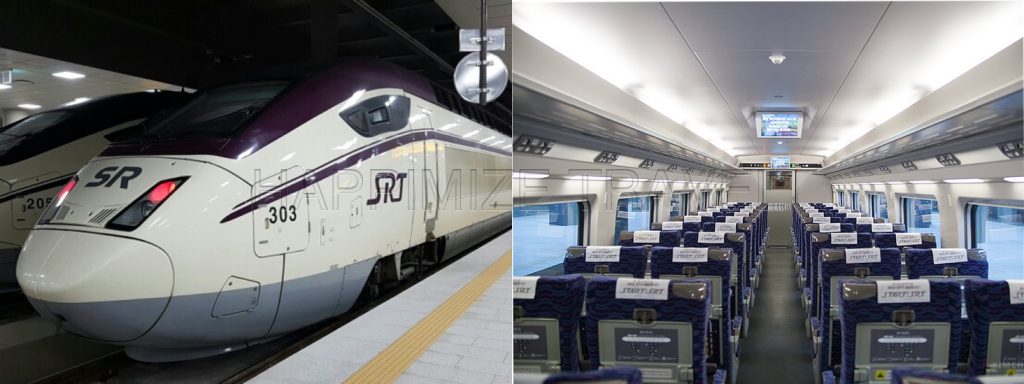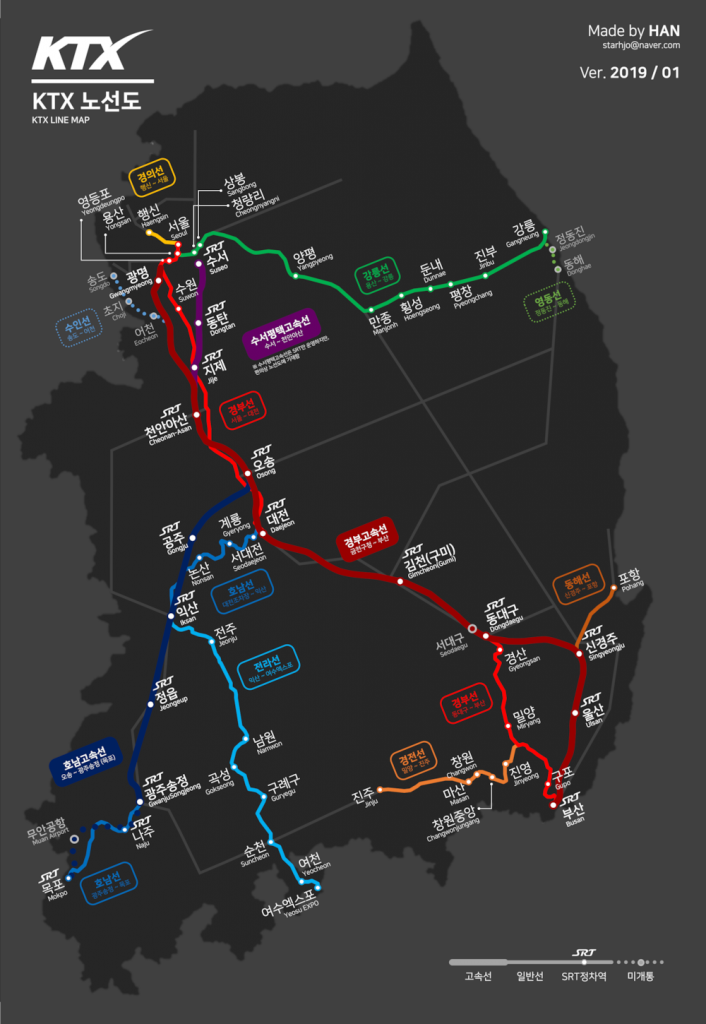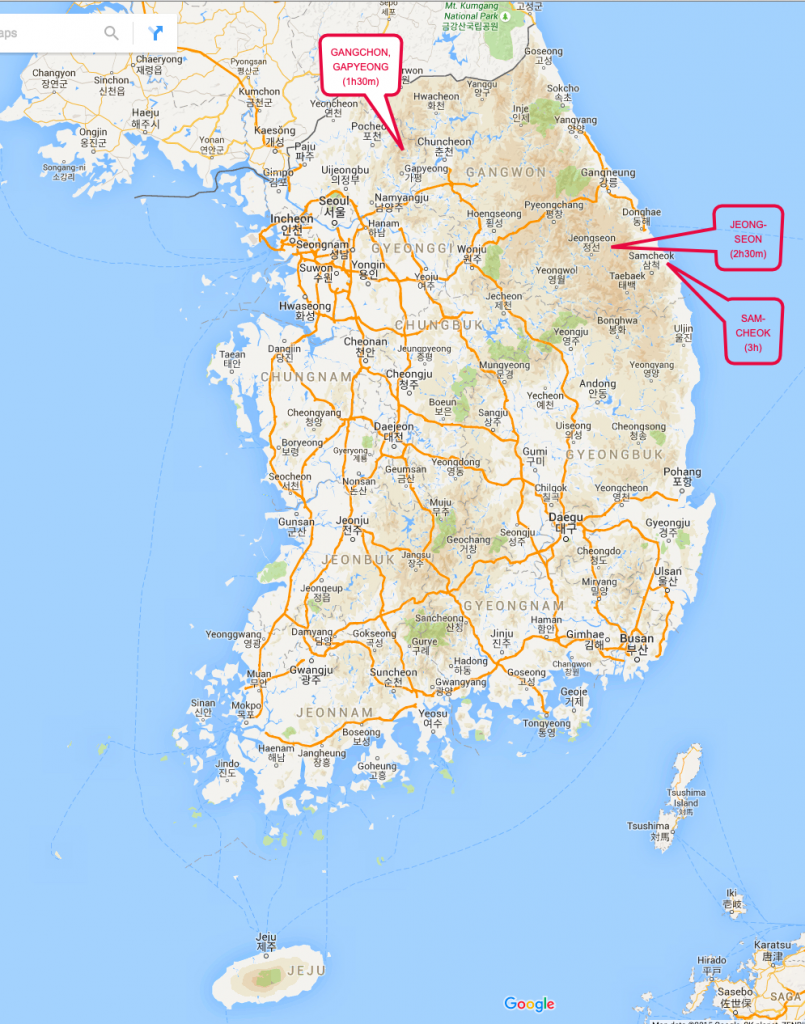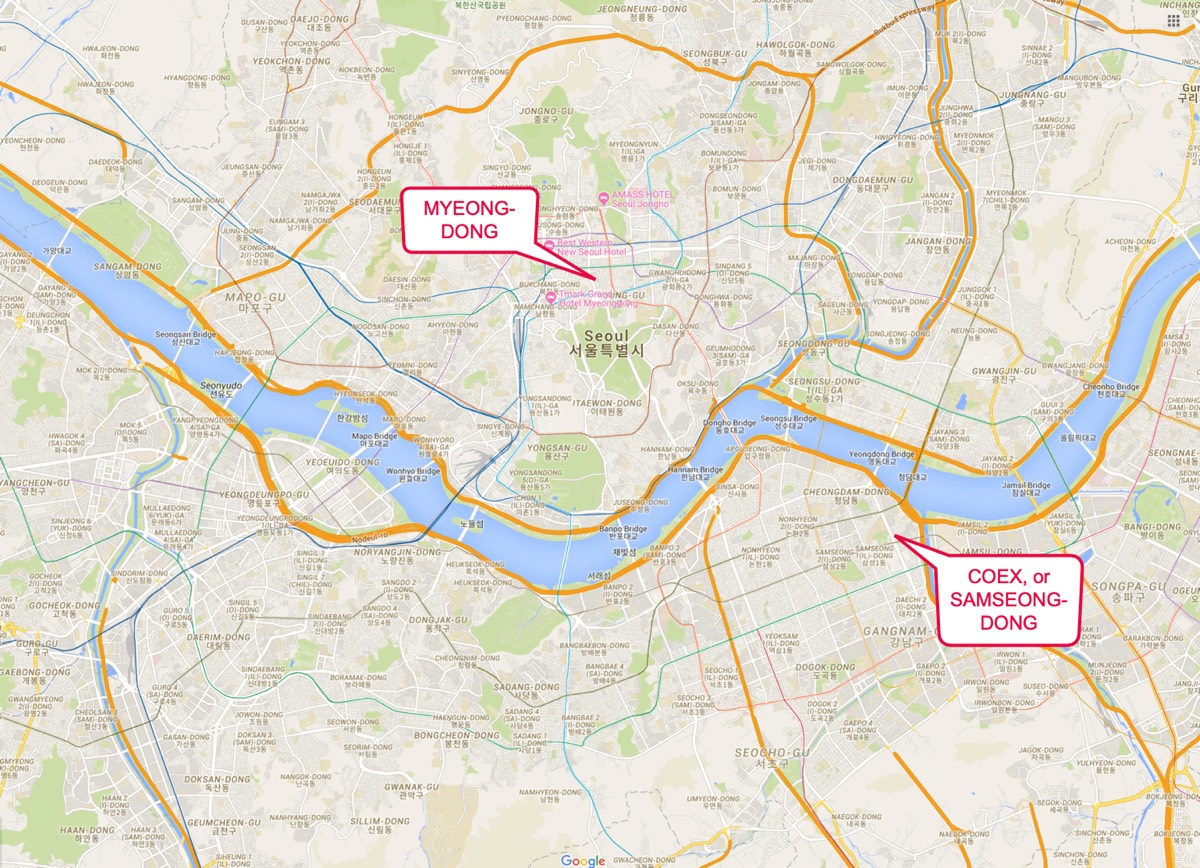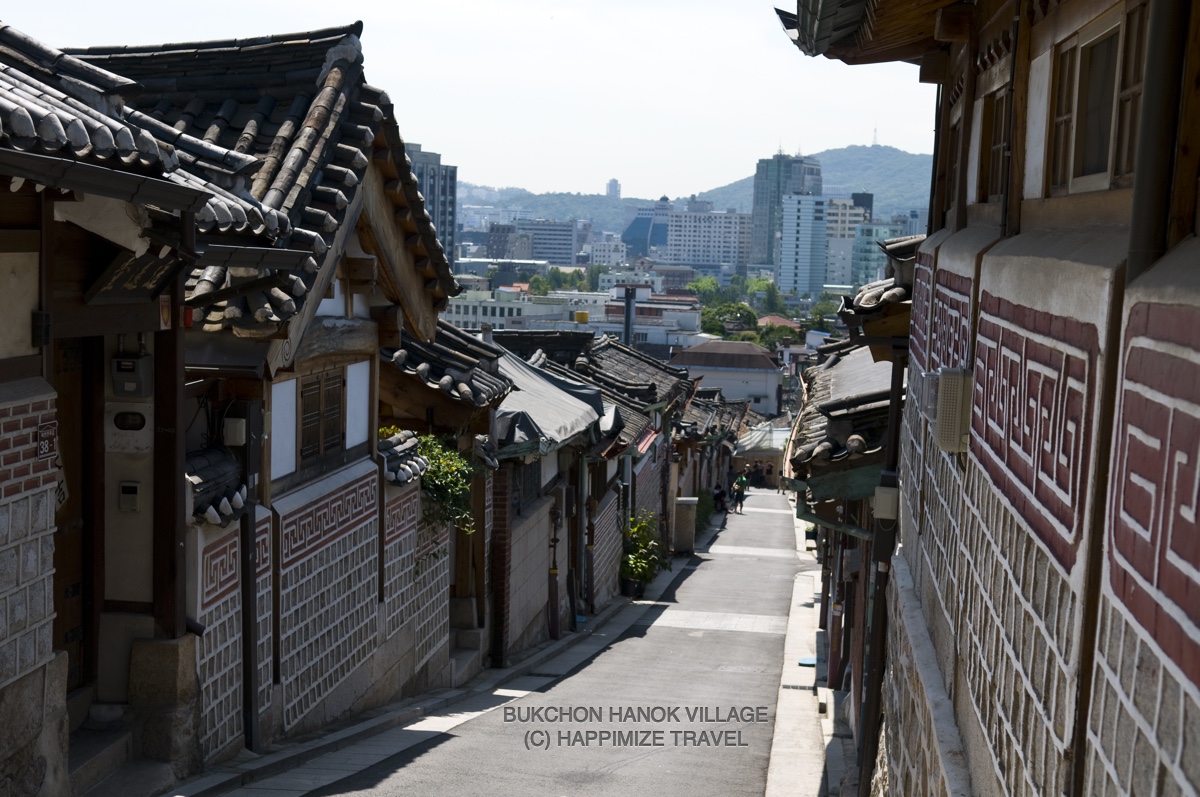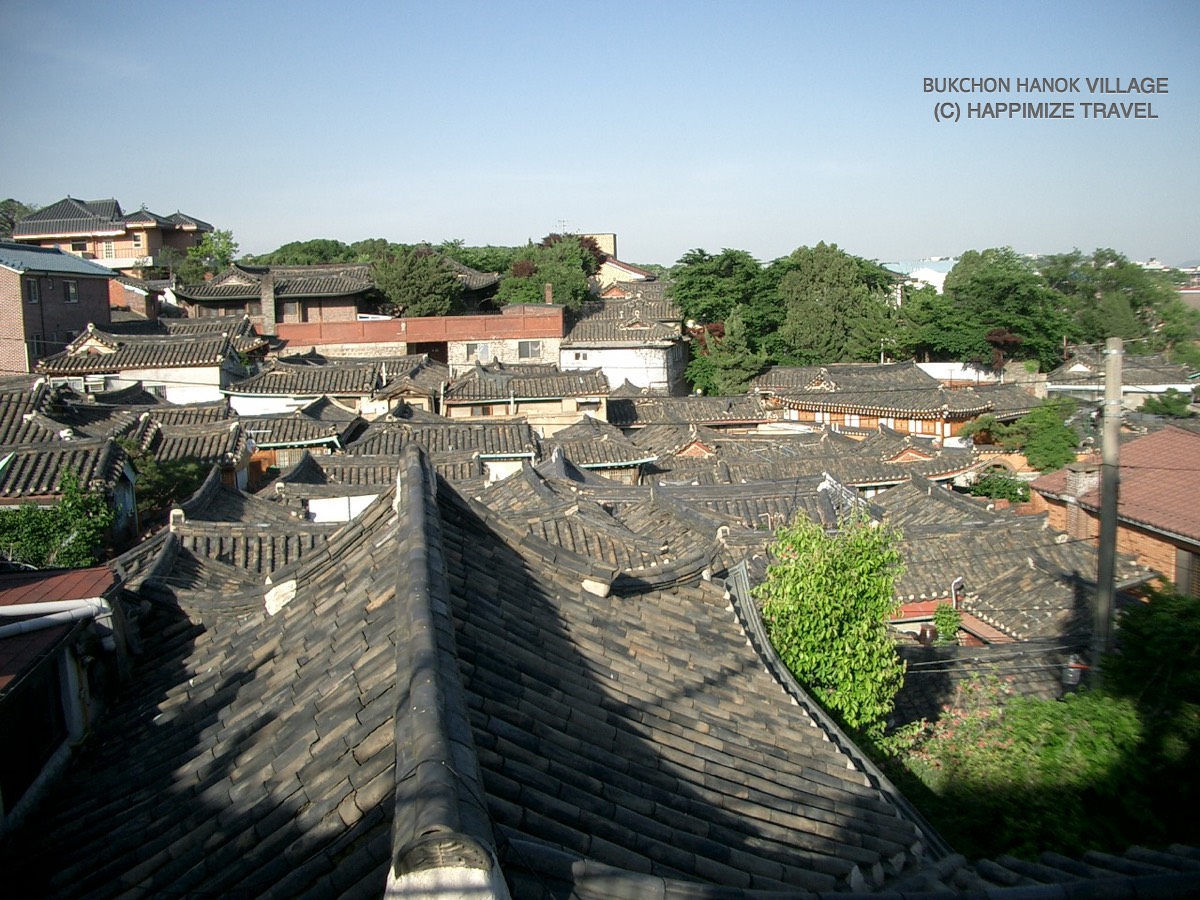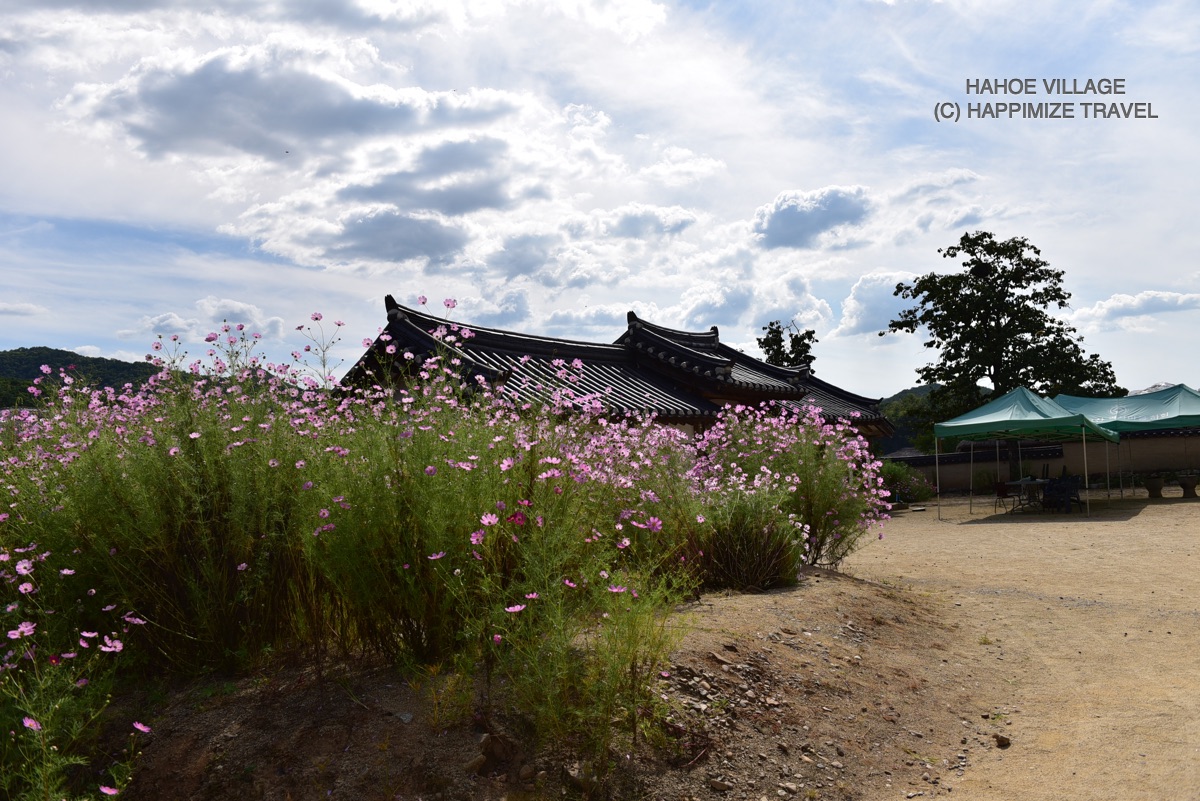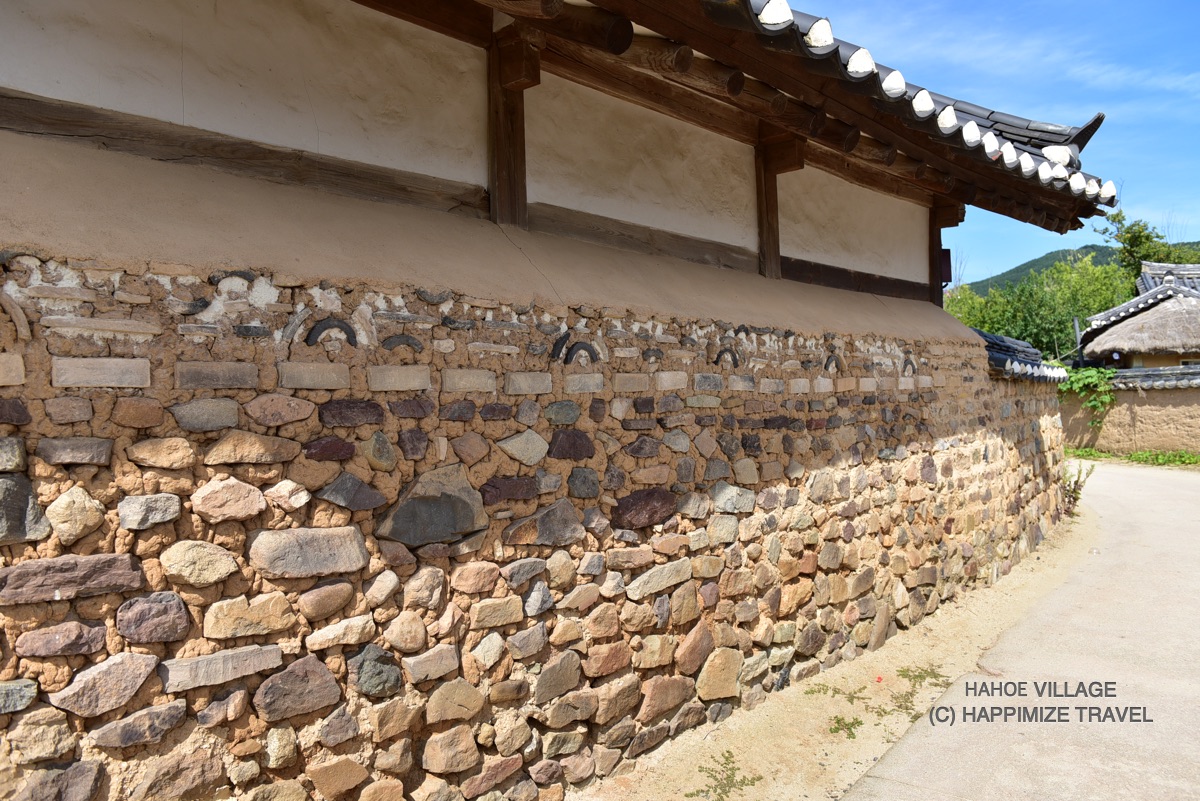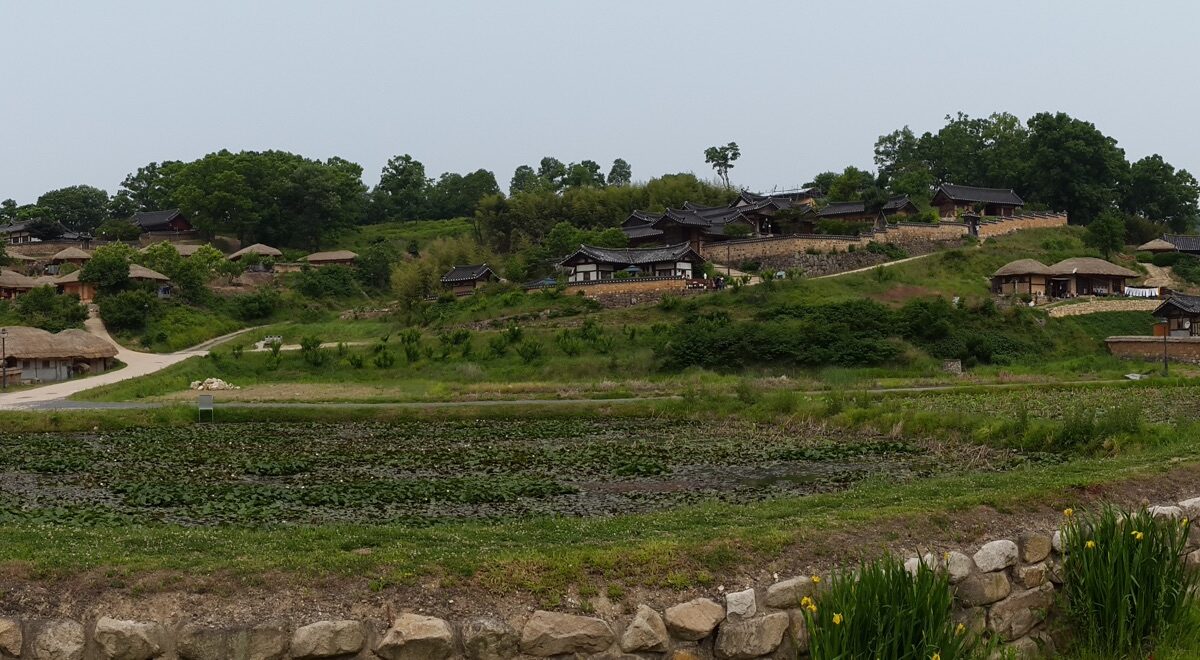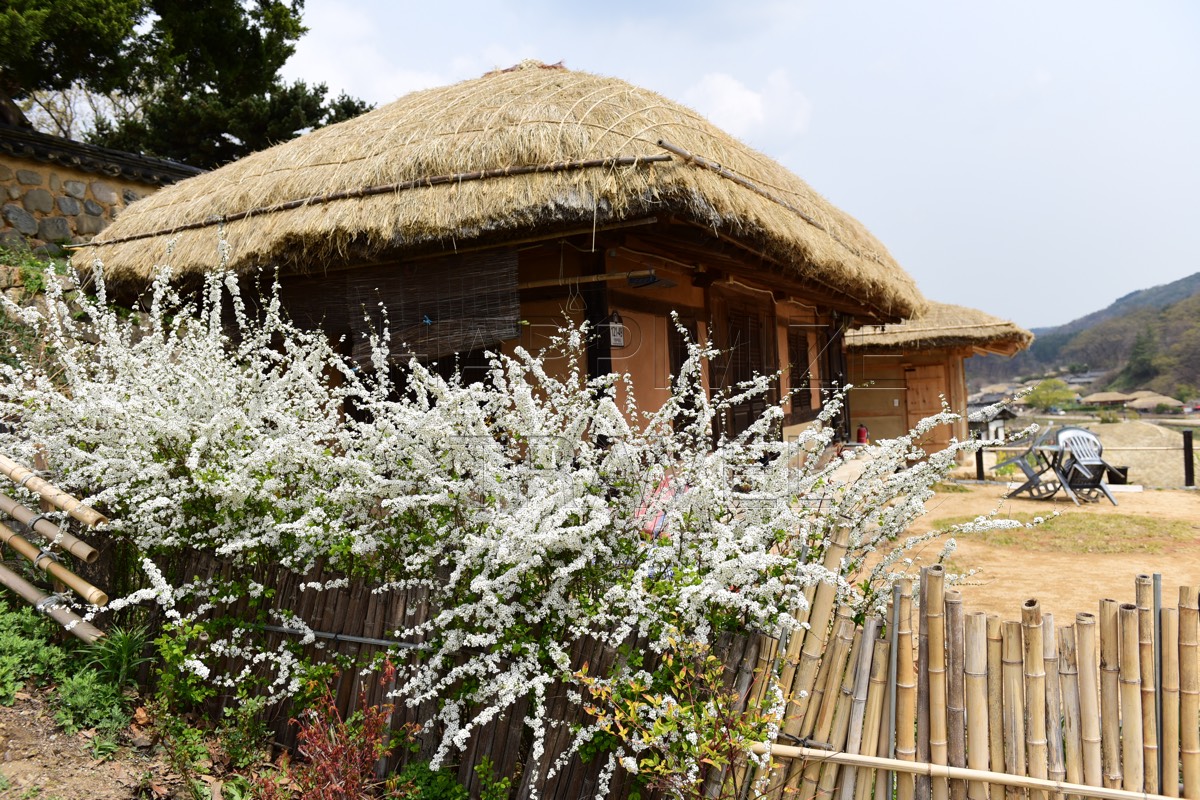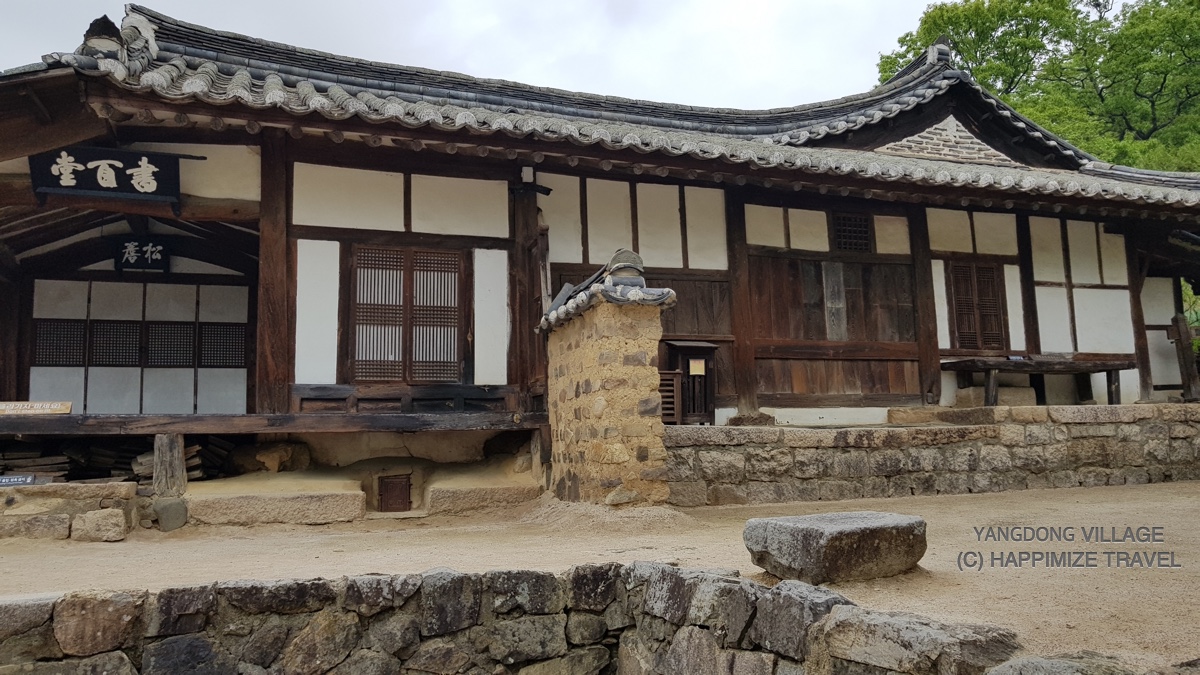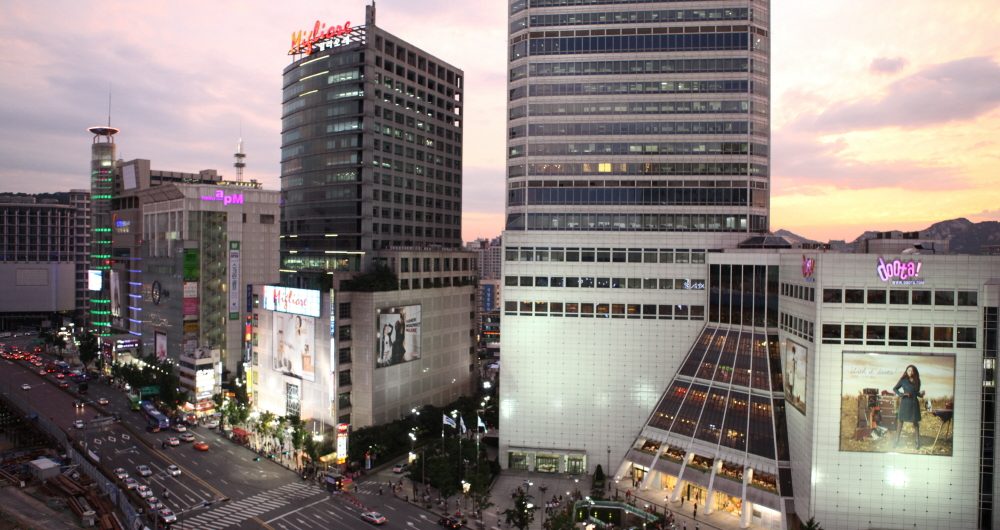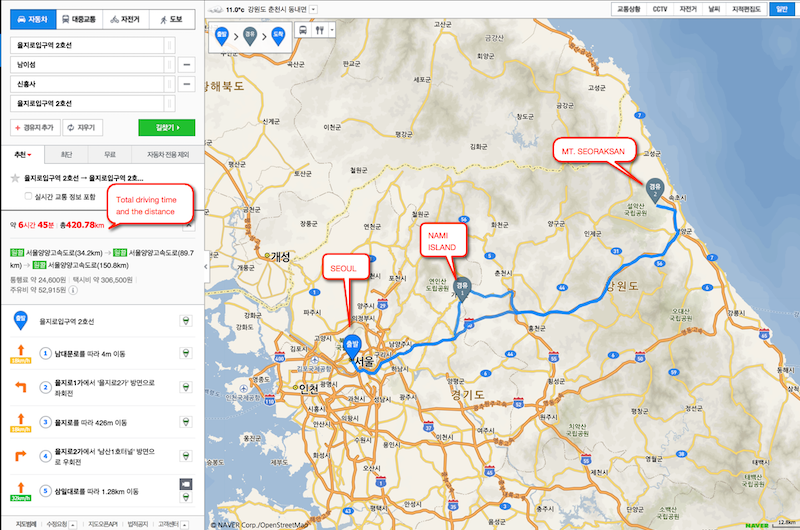Korea has several types of grilled meat.
But, between Korean, we don’t call “Shall we have BBQ?” because we need to specify which kind of meat.
We can separate the meat menu names by (1) the kinds of meat, (2) the part of meat and (3) the origin of meat (i.e., imported vs local).
The kinds of meat and the origin of meat
The most expensive meat menu is beef + sirloin (or maybe, strip loin)+ Korean.
Comparing to local beef, the imported beef price is half or under the half.
Why the local beef is more expensive?
There are several reasons. First of all, the feeding cost is high because we need to buy the corn grain. Also, each restaurant should provide the unfrozen meat, which is the barrier to the imported beef. Castrate the cow is one of reason because Korean is sensitive to the smell from the meat.
Roughly speaking, if I enjoy the local beef with enough quantity, I need to spend US$80-200 for myself.
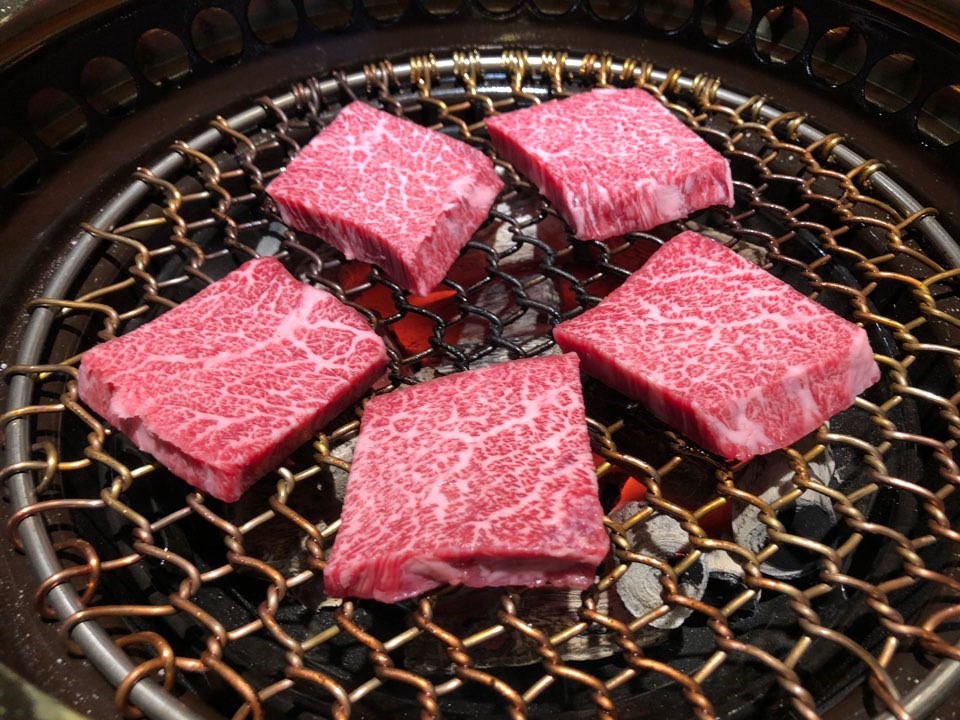
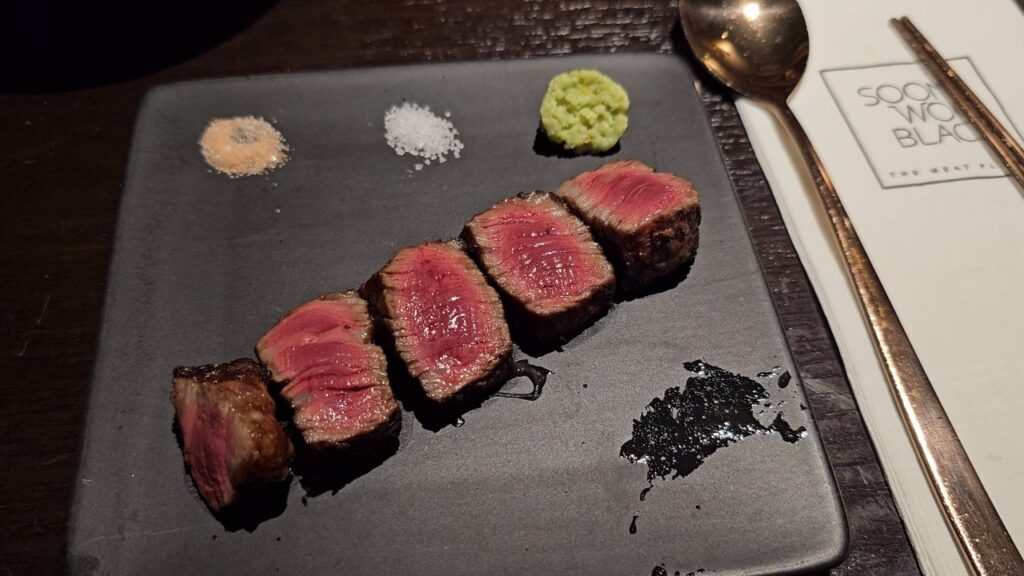
Can I find the beef restaurant with the imported beef?
Yes, then, you should go to the restaurant who has the marinated beef menu.
Comparing to the non marinated beef, the texture & taste of marinated beef is less sensitive…therefore, about 50% restaurants serve the marinated beef menu with the imported beef. (This is why the marinated beef is less expensive than the non marinated beef. But, top 20% restaurants resist to serve all menu with the local beef.)
What is Galbi [갈비]?
Galbi is the ribs. Therefore, we have pork ribs and beef ribs menus.
For pork ribs, we call Doejigalbi [돼지갈비]. But, we just call Galbi [갈비] for beef ribs.
Most ribs restaurants (regardless pork, beef) serve the meat marinated in their own sauce.
What is Samgyeobsal [삼겹살]?
Samgyeobsal is the nick name for bacon and this is most popular BBQ menu for Korean people.
The differences in the way of eating are
- We cut the meat thick and
- We use a slanted pan/grill to let the oil drop
- We eat with vegetable and spicy sauce (You might the family eating the samgyeobsal wrapping with lettuce or sesame leafs)

